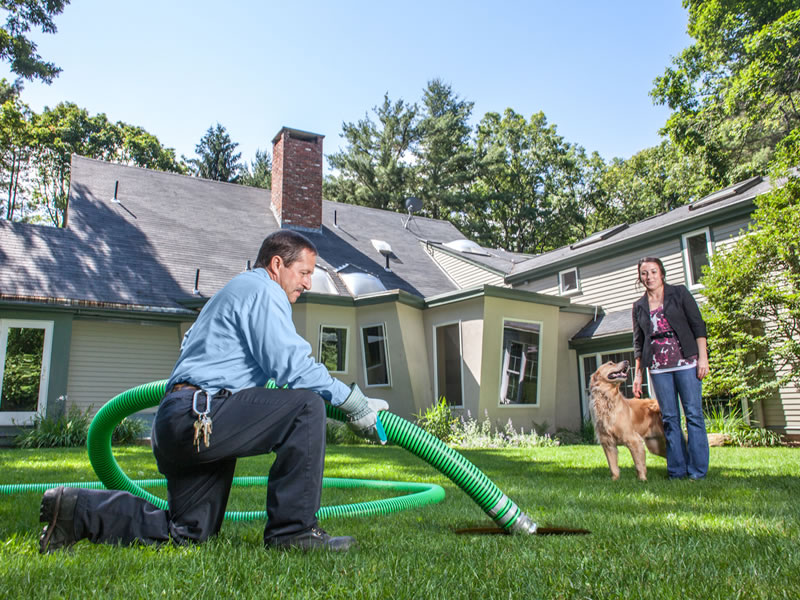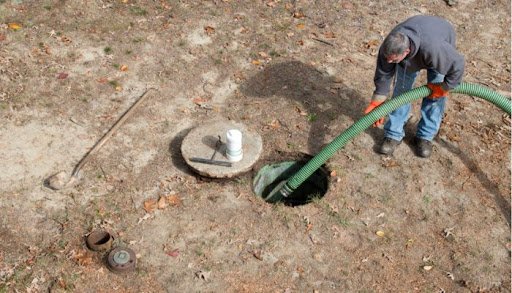Little Known Questions About Stillwell Septic And Grading.
Little Known Questions About Stillwell Septic And Grading.
Blog Article
The Ultimate Guide To Stillwell Septic And Grading
Table of ContentsSee This Report about Stillwell Septic And GradingThe smart Trick of Stillwell Septic And Grading That Nobody is DiscussingGetting My Stillwell Septic And Grading To WorkStillwell Septic And Grading Fundamentals ExplainedThe 10-Minute Rule for Stillwell Septic And GradingRumored Buzz on Stillwell Septic And GradingThe 10-Minute Rule for Stillwell Septic And Grading
Generally, sewage-disposal tank installation is a complex process that calls for cautious preparation and execution. Property owners need to deal with a trusted installment team and understand regional regulations and demands to make certain that their septic system works effectively for years to come. After the sewage-disposal tank has been installed and linked to the drainpipe field, it is time to backfill the area.The backfill material must be devoid of clods, huge rocks, frozen matter, and debris that can cause voids in the backfill that might enable clearing up gradually. Squashed rock or pea crushed rock 1/2-inch in diameter is preferred if native materials are not proper. As soon as the backfilling is total, it is time to landscape the area.
When the septic tank has been installed, it is critical to examine it to ensure that it is working appropriately (Stillwell Septic). https://fliphtml5.com/homepage/kepos. Checking the system involves looking for leaks, guaranteeing that the container goes to the ideal degree, and analyzing the drainpipe area. Among one of the most usual tests done is the hydraulic lots examination
Unknown Facts About Stillwell Septic And Grading
The water is then kept track of to make sure that it streams correctly via the pipelines and into the drainpipe field. If the water does not flow properly or supports into the tank, it may show an issue with the system. An additional examination that is generally executed is the dye examination.
The dye is after that monitored to make certain that it streams properly via the pipes and into the drain field. If the dye does not move correctly or appears in the wrong area, it may suggest a problem with the system. It is vital to have an expert do these examinations to make certain that they are done correctly.

Stillwell Septic And Grading Fundamentals Explained
Below are some important pointers for homeowners to maintain their septic system: The ordinary house septic tank must be inspected at the very least every 3 years by a septic service professional. The regularity of pumping relies on the size of the tank and the number of individuals using it. https://stillwellsag.weebly.com/. A general guideline is to pump the tank every three to five years
Making use of water-efficient fixtures and devices, such as low-flow showerheads and toilets, can reduce water use and assist the septic tank job a lot more efficiently. Just flush toilet tissue and human waste down the bathroom. Prevent purging anything else, consisting of womanly hygiene items, infant wipes, and cooking grease, as they can block the system.
Everything about Stillwell Septic And Grading
Septic system installation is a complex procedure that calls for mindful preparation and execution. Homeowners need to know the necessary steps entailed in the setup process to ensure that their septic tank functions properly and successfully. The primary step is to assess the website where the septic system will be set up.
As soon as the site has been reviewed, the following step is to prepare for the setup. Homeowners need to guarantee that their professional is experienced in septic storage tank installment and will work along with them throughout the procedure.
3 Easy Facts About Stillwell Septic And Grading Shown

Property owners must know the needed steps entailed in the installation process to make sure that their septic system operates properly and successfully. By complying with these useful reference actions and preserving their system, homeowners can rest assured that their septic system will give reputable wastewater treatment for years ahead.
Almost one in five united state homes have septic systems. Yours may be among them. If you're not effectively maintaining your septic system, you're not only harming the environment, you're putting your family's health and wellness at riskand may be purging hundreds of dollars down the tubes! Do Your Component, Be SepticSmart: The Do's and Do n'ts of Your Septic tank.
Not known Facts About Stillwell Septic And Grading

All that additional water can truly stress your septic system. This can be valuable especially if your system has not been pumped in a long time.
The 4-Minute Rule for Stillwell Septic And Grading
Know your system's place. When you have the storage tank pumped, draw a layout or map showing its location in connection with dealt with factors - corners of your home, steps, or fencing blog posts. Ask the pumper to assist you find the drainfield. Note its area on your layout, together with the location of your drinking water well.
Decrease the amount of wastewater that have to be treated and disposed of by your system: Clean no even more than one or 2 tons of clothing daily. Up to 53 gallons of water flood your septic system with each tons, so it's ideal to spread out washing out over the week.
Report this page